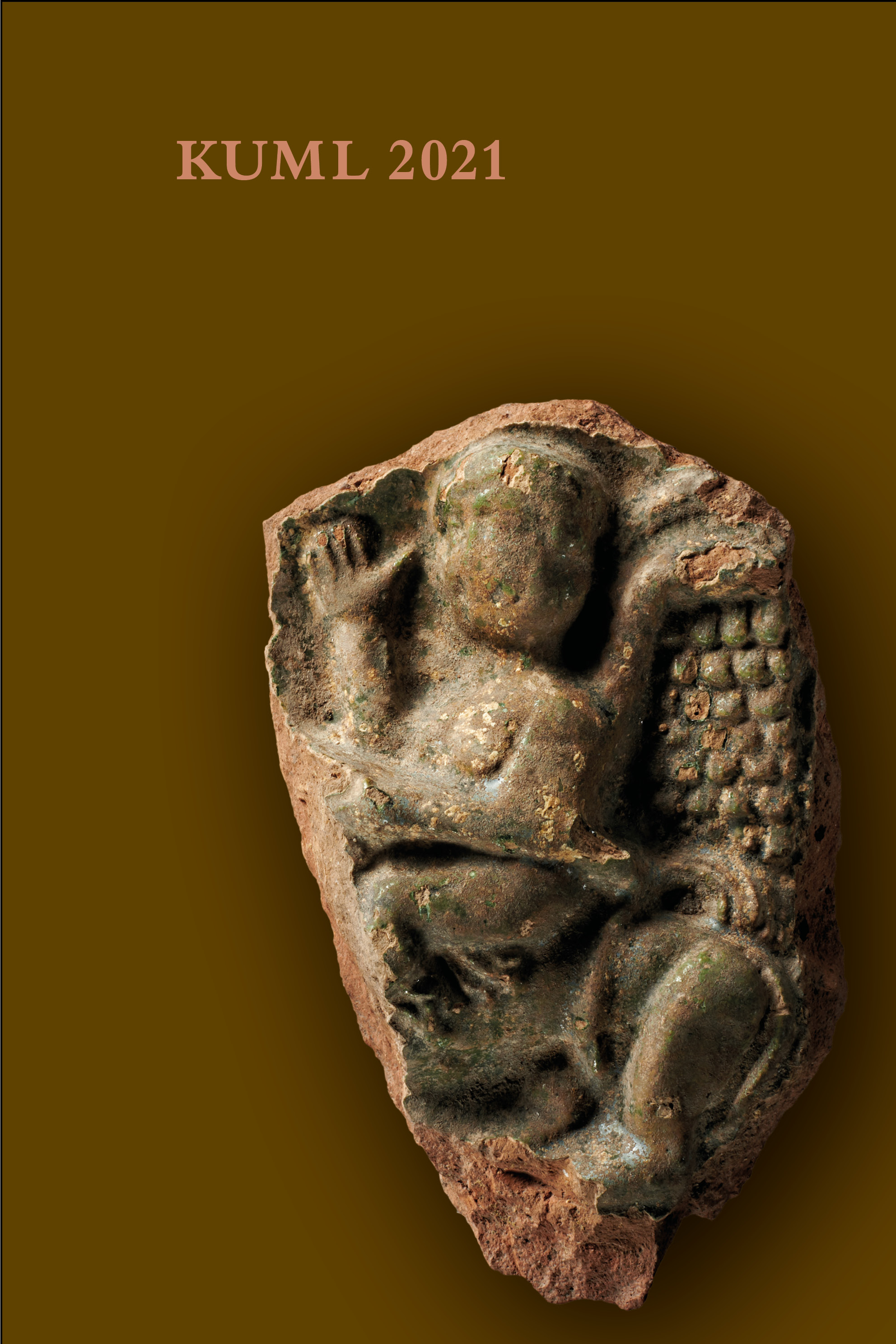Genforeningens mindesmærker
At forme et erindringsfælleskab
DOI:
https://doi.org/10.7146/kuml.v70i70.134641Nøgleord:
genforening, mindesmærkerResumé
Memorials marking Danish Reunification
Shaping a community of remembrance
In 2020, on the 100th anniversary of Danish Reunification, around 650 memorials had received protected status. They are found all over Denmark and constitute the country’s largest memorial group. The date of their erection, as well as their location, design, inscriptions, images and initiators are all relatively well known.
This article critically readdresses two main questions. Firstly, why have so many memorials marking Danish Reunification been erected; the very first in 1919, the great majority in 1920 and the years immediately thereafter, and the most recent on the 100th anniversary in 2020? Are they an expression of national joy, as was claimed back then and subsequently, even up to the present day, or might there be other explanations? Alternative perspectives are presented here which call into question both Reunification as a concept, and the joy associated with it. The memorials are interpreted as efforts to create a community of remembrance. Danish Reunification was fiercely disputed and a few of the memorials even express discontent, in line with differing political attitudes about where the Danish-German border should be drawn. Consequently, the memorials marking Reunification could also be interpreted as an expression of crisis.
Secondly, the article examines the present preservation of what might be termed modern heritage. Seen from a global perspective, there is nothing unique in protecting modern remains. In many cases, the memorials have become invisible, being for example neglected or forgotten. Some have been moved and others have disappeared. Their protection was also motivated by references to their unique Danish character, constituting evidence
of local fervour and a sense of community. Even so, I wonder whether the present, too, just like the time of the Reunification, is a period of crisis in need of an anniversary and acts of protection to divert attention?
Appended to the article is a catalogue listing 683 known memorials erected to mark the Reunification from 1919 to 2020, arranged by year of erection and/or inauguration. The article is also illustrated with five figures showings examples of the memorials: The memorial column at Skamlingsbanken, built in 1863 and blown up in 1864; this is not a memorial marking Reunification, but provides an example of the harsh treatment of memorials in the borderland between Denmark and Germany (fig. 1); the very first memorial marking Reunification erected in Tarm in 1919 (fig. 2); a memorial at the location where King Christian X began his historic ride over the old border (fig. 3); a memorial erected in 2010 at the church on Rømø (fig. 4); and finally, the Reunification tower at Ejer Bavnehøj, built in 1924 (fig. 5).
Downloads
Publiceret
Citation/Eksport
Nummer
Sektion
Licens
Fra og med årgang 2022 er artikler udgivet i Kuml med en licens fra Creative Commons (CC BY-NC-SA 4.0).
Alle tidligere årgange af tidsskriftet er ikke udgivet med en licens fra Creative Commons.


